The rise and fall of a silk empire
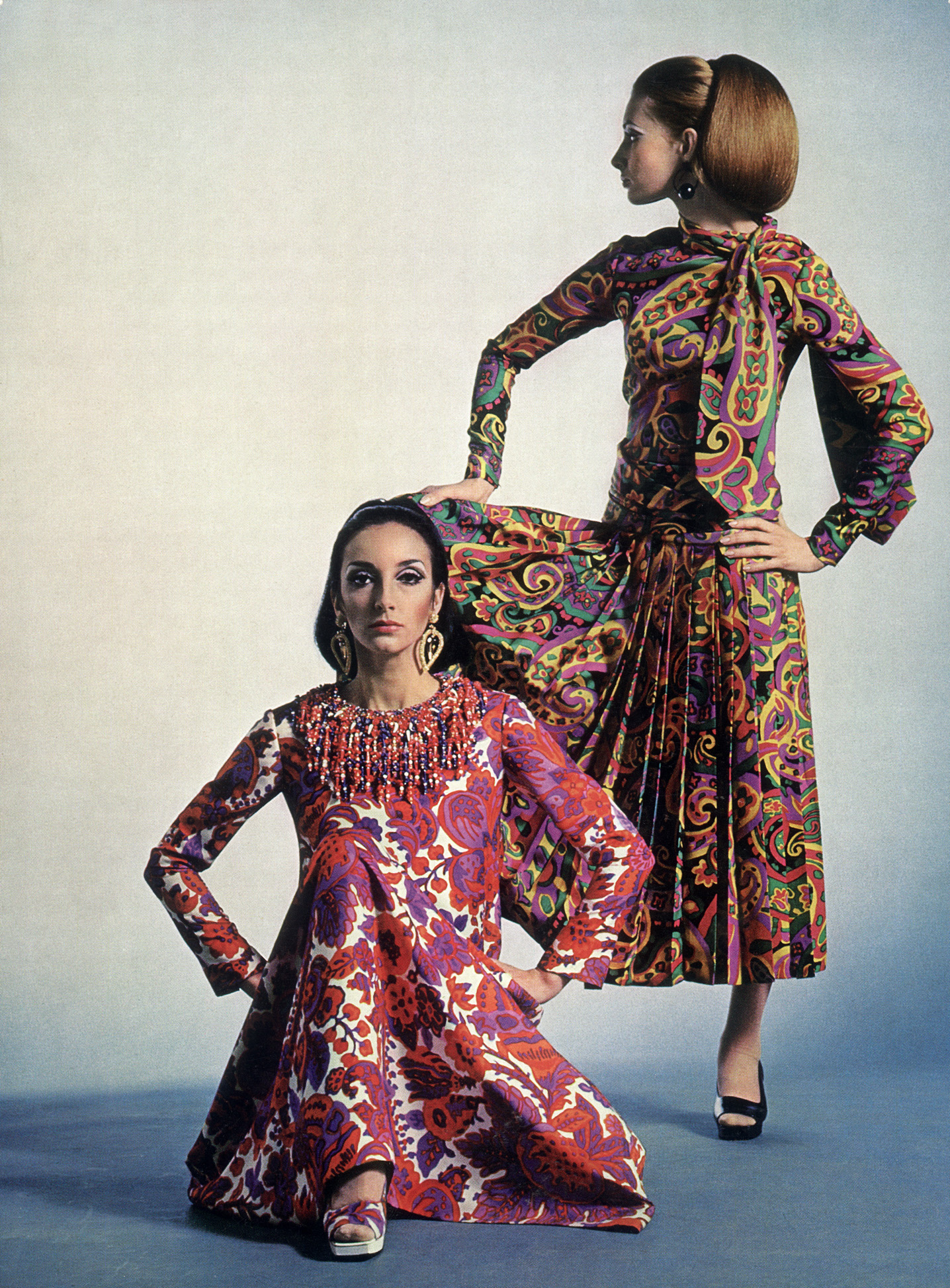
Silks from Gustav Zumsteg’s Abraham company in Zurich were loved by designers such as Yves Saint Laurent for being bold, beautiful and glamorous.
As a new exhibition in the city tells, these fabrics had their zenith during the second half of the 20th century. But the company could not outlive the design and business visionary that was Zumsteg.
The show, named “Soie Pirate” (pirate silk), is based on the company archive which was given to the Swiss National Museum in 2007.
“Zumsteg was a genius. He was an artist and an excellent businessman. But he was not an easy man and was rather complicated,” Peter Beglinger, chairman of the Hulda and Gustav Zumsteg Foundation, which donated the archive, told swissinfo.ch.
The huge collection of silks is Zumsteg’s legacy to the Swiss textile industry and his “masterpiece”. “He was the most famous person of his time in textiles in Switzerland,” said Beglinger.
It is no coincidence that the show is taking place in Zurich, which in the 17th to 19th centuries was an important centre for silk, becoming rich from its profits.
In 1940s, Zumsteg – who had worked his way up from the level of apprentice – became the director of the traditional silk company Abraham, transforming it into an international force. Parisian Haute Couture designers were among its best customers.
“The three most important ones were Christobal Balenciaga, Hubert de Givenchy and Yves Saint Laurent,” said Barbara Keller, a member of the exhibition team.
Personal friendship
“Zumsteg had a deep personal friendship with Yves Saint Laurent. They spoke on the phone every Sunday and you can really feel in Yves Saint Laurent’s work that they worked closely together.”
Zumsteg described the first time he met Saint Laurent as a kind of “coup de foudre” – a love at first sight – and they enjoyed discussing books and music.
However, they always tried to keep a certain distance, addressing each other with French formal “vous” as over-familiarity – using “tu” – was considered bad for business in the textile industry. Nevertheless, after a few drinks in the evening they sometimes slipped into the informal “tu”.
Zumsteg was, luckily for the exhibition, a very fastidious man. The company not only kept samples of its silks from 1955, but also press cuttings.
“Here you can see Catherine Deneuve wearing a Yves Saint Laurent dress of Abraham silk or Audrey Hepburn, who wore a lot of Givenchy,” Keller told swissinfo.ch.
Sophia Loren was also a regular patron of the Kronenhalle, the Zurich restaurant run by Zumsteg’s formidable mother Hulda, added Keller. It had, under the son’s influence, become a meeting point for the glitterati and also housed part of Zumsteg’s art collection.
Art as inspiration
Some of his favourite paintings can be seen in a small reconstruction of the Kronenhalle in the exhibition.
The designer was often inspired by art. Swathes of bright silks on display reveal abstract patterns, but also more classic motifs such as flowers, butterflies and tartan.
There seemed no end to his quest for a perfect pattern: an employee was once sent to Marrakesh, where Saint Laurent had a holiday home, to gain inspiration from the flowers there.
The company did not, however, produce the silks itself. Instead the work was quietly outsourced to other firms.
One of the firm’s best-kept secrets was the Ratti company in Como, Italy. For more than 30 years, Zumsteg travelled there almost every week where he is remembered as passionate about his work, but also as short-tempered with exacting standards.
Dresses as witnesses
Visitors can see some of the designer dresses made from the Abraham silks in the exhibition. They come in a dazzling array of colours, often fashioned in a heavy silk called gazar, which was a company hallmark.
Equally fascinating are the fashion photographs showing how the image of women and couture has changed over the years.
Pictures from the 1950s of Balenciaga dresses are stiffly posed and sculptural, with an emphasis on femininity. In the Yves Saint Laurent photos from the 1960s-1970s, the era of women’s liberation, the models and gowns move more freely.
“Zumsteg was very up to date design-wise; with colours, he knew what he wanted. He knew what the markets would accept and even knew what trends were to come,” Thomas Isler, chairman of the Zurich Silk Society, which was involved in the exhibition, told swissinfo.ch.
But even this titan of the Swiss textile industry could not keep apace of society changes, and by the 1990s Abraham was losing money. Zumsteg poured some of his personal fortune into the firm, but it was not enough: it went bankrupt in 2002.
Changing tastes
Part of the problem was that from the 1970s, shop-bought clothes became more popular as they were easier to care for than expensive silks and needed no tailoring. Prêt-à-Porter, designers’ ready to wear lines, offered further competition to Haute Couture.
And, despite multiple attempts, no successor was found to replace the ageing Zumsteg. It seemed that Abraham without the master was unthinkable.
The Swiss silk industry as a whole suffered during these changing times. Around 1900 it was one of the most important industries in the country. Now there are only a few niche companies, says Isler.
“The market for Haute Couture goods has almost vanished. You still have a little Prêt-à-Porter, which is beautiful but almost never bright,” he said.
“Designer companies operating now are excellent people but they are commercial and don’t use as much of this brightness and joy of life that Gustav Zumsteg used to present in his designs.”
Zumsteg died in 2005 aged 89. After his archive was donated to the National Museum, it took a further two years to document the thousands of samples, pictures and scrapbooks. But the resulting exhibition is a fitting tribute to the glamour of a bygone era and to one man’s love affair with silk.
Pirate Silk. The Abraham Textile Archive Zurich runs at the Swiss National Museum from October 22, 2010 to February 13, 2011.
It focuses on the textile company Abraham Ltd (Zurich), whose archive was donated to the Swiss National Museum in the summer of 2007.
In addition there are two exhibition-related publications: Volume 1 Soie Pirate. The History of Abraham Ltd and Volume 2: The Fabric Designs of Abraham Ltd.
Zurich was a centre for silk in the 17th-19th centuries. The founder of the industry was Hans Jacob Werdmüller, who as a Protestant had to leave Catholic Locarno in the Italian-speaking part of the country in the 16th century.
At its highpoint, there were more than 90 silk companies and more than 12,000 weavers in Zurich.
The Second World War, the 1970s recession and competition from abroad, as well as the change in fashion tastes, sent the industry into crisis. Only a few companies exist in niche areas. There are, for example, only two silk weavers left in the country which are Gessner and Weisbrod-Zürrer, both of which are in the Zurich area.

In compliance with the JTI standards
More: SWI swissinfo.ch certified by the Journalism Trust Initiative


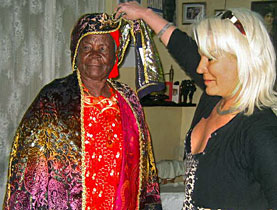
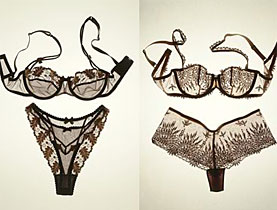
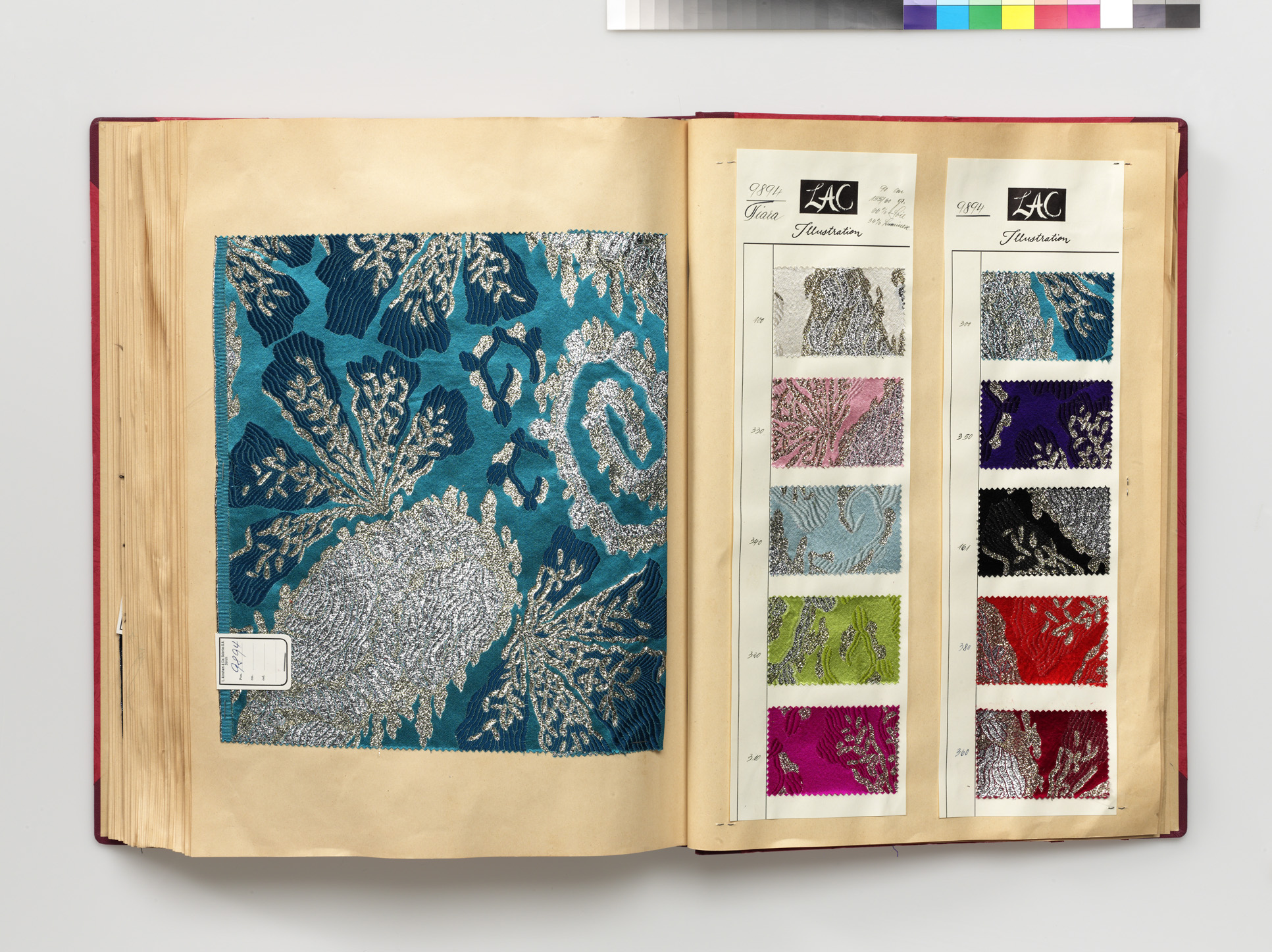
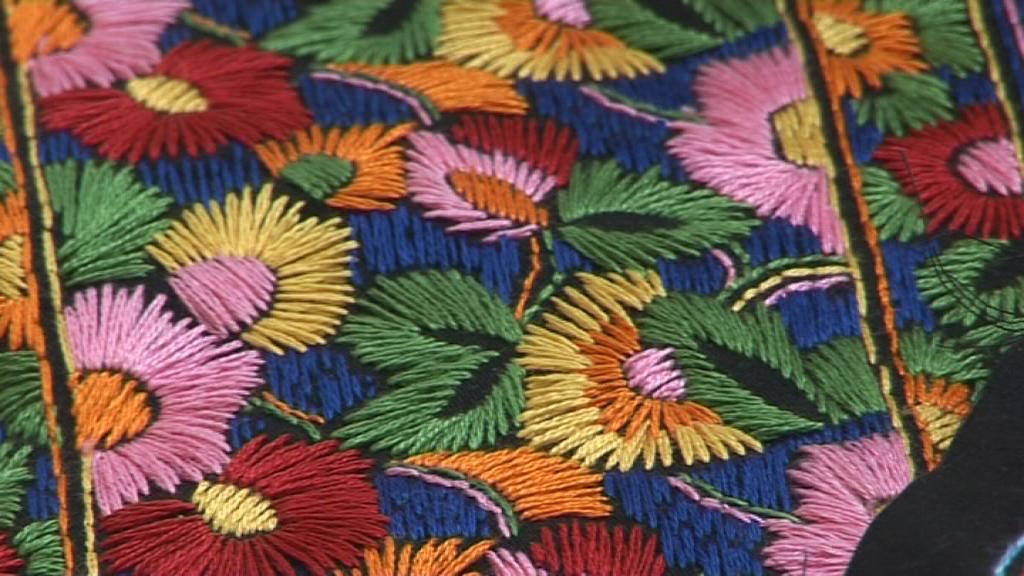
You can find an overview of ongoing debates with our journalists here. Please join us!
If you want to start a conversation about a topic raised in this article or want to report factual errors, email us at english@swissinfo.ch.